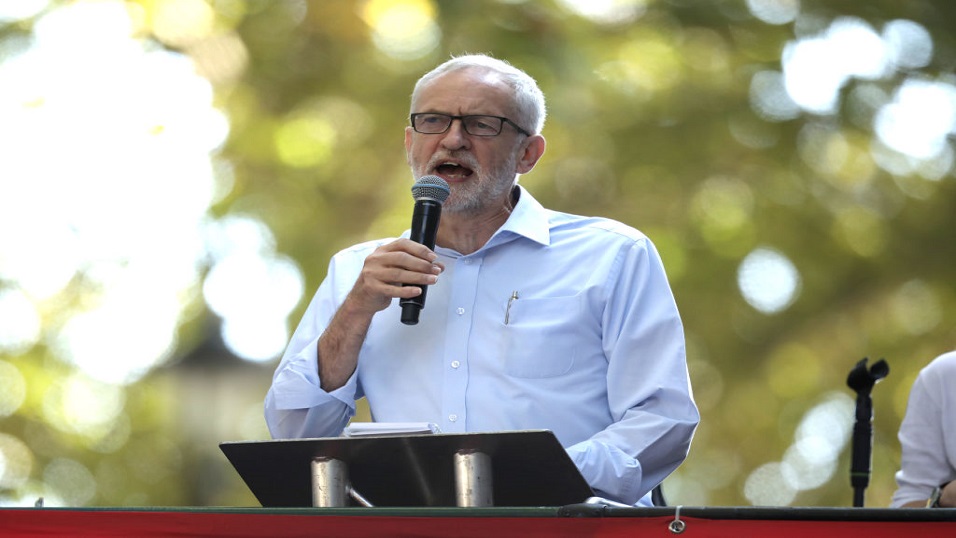This article first appeared at betting.betfair.com on 29th July 2020
Nate Silver has some rather unflattering comments to make about the rationale of betting markets.
No doubt the Fivethirtyeight pundit is responding to the sustained mis-match between the 2020 odds and polling models. Current Betfair odds imply a 62% chance of victory for Joe Biden. Polling models such as The Economist/Yougov estimate in excess of 90%.
Market reluctant to rule out another Trump comeback
While there are numerous possible explanations, one is blindingly obvious. Punters remember 2016 and how Trump defied the polls, pundits and betting. There is plenty of time to close the gap and become competitive.
Only time will tell but Trump backers should beware of making a common mistake in re-fighting the previous election, assuming the same conditions will apply.
They rarely do. Each election is unique, as are the candidates, dynamics and public perceptions at any given time. Consider what happened in general elections over the past five years in the USA and UK.
UK 2019: Corbynmania flops second time around
Of all recent elections, 2019 was the most predictable. One might say an overdue endorsement of conventional form guides. Polls, leader ratings, MRP predictions and the consensus narrative all pointed towards a Tory majority. Corbyn and Labour had declined since 2017.
Yet right up until the exit poll, a strong counter narrative held the Tory odds up, particularly in Labour-held target seats. Why? Because these were targets where the Tories had failed badly in 2017.
Labour had completely dumbfounded the polls and consensus narrative in 2017, for various reasons. One was an expectation that Brexit positions would determine the fate of their ‘red wall’, which never materialised. Labour majorities generally rose in their heartlands.
As it transpired, 2019 proved completely different. Boris Johnson cut through with Brexiters in ways Theresa May never could. Whereas UKIP without Farage failed to retain many converts, his new Brexit Party vehicle made substantial inroads into the Labour share where it mattered.
UK 2017: Resurgent left blindsides the polls

Part of the explanation surely lies in pollsters and opponents learning lessons from the shock of 2017 and adapting their methods. The 2017 Labour comeback remains a bigger betting upset than either Trump or Brexit. 100/1 was available about them getting 35-40% of the vote. I took 3/1 about them winning 175 seats. They got 262. No overall majority was backed at double-digit odds.
Even when the polls started to turn, few believed that younger people, especially aged 25-45, would turn out in such big numbers. When Survation and Yougov veered from the polling consensus and forecast a hung parliament, they were literally derided on live TV.
Why? Because people were assuming the same dynamics as 2015 and failing to factor in subsequent developments. Brexit led to much greater engagement among younger voters. Corbyn inspired a new movement of activists, particularly online, where they dominated in 2017. Momentum changed the conversation from Brexit to austerity. The combination of these factors enabled Labour to monopolise the anti-Tory vote.
Click here to read the full article, free of charge, at betting.betfair.com
